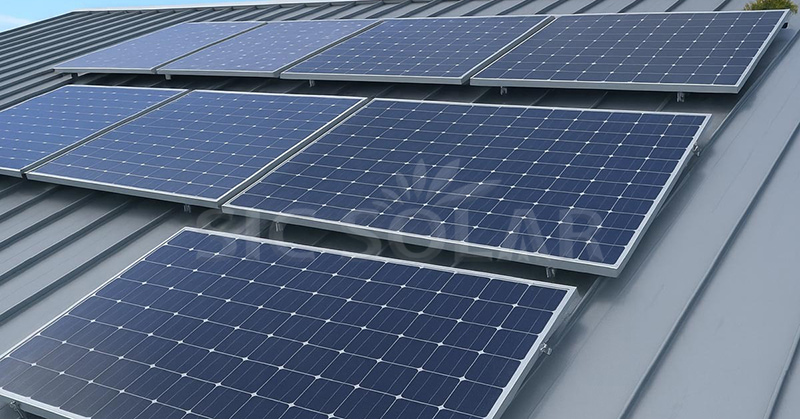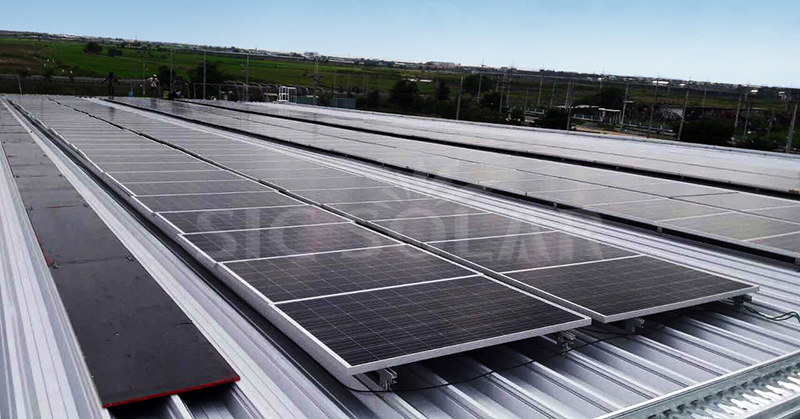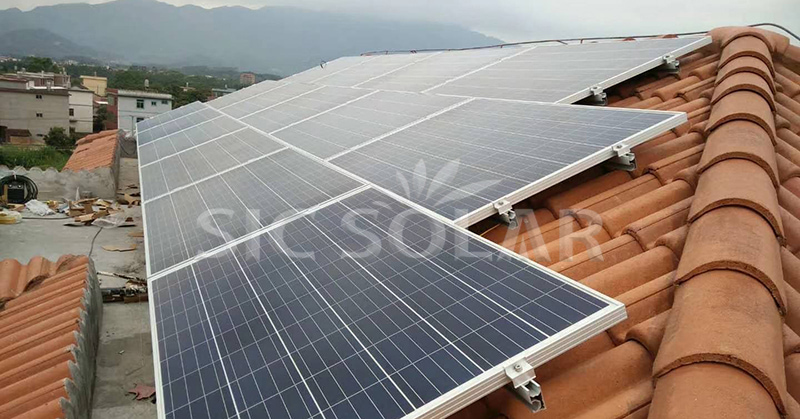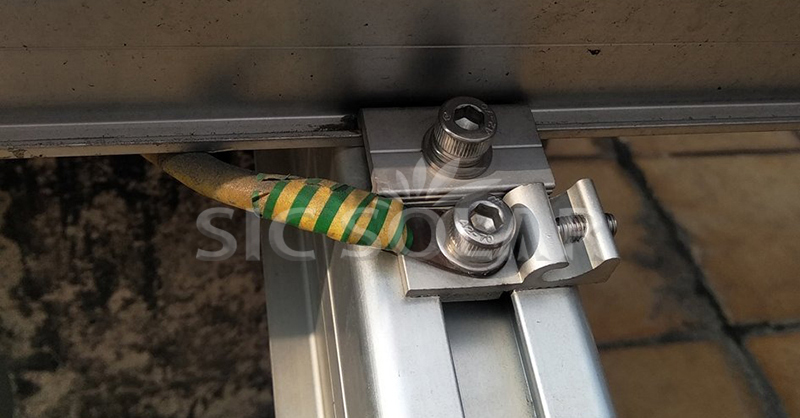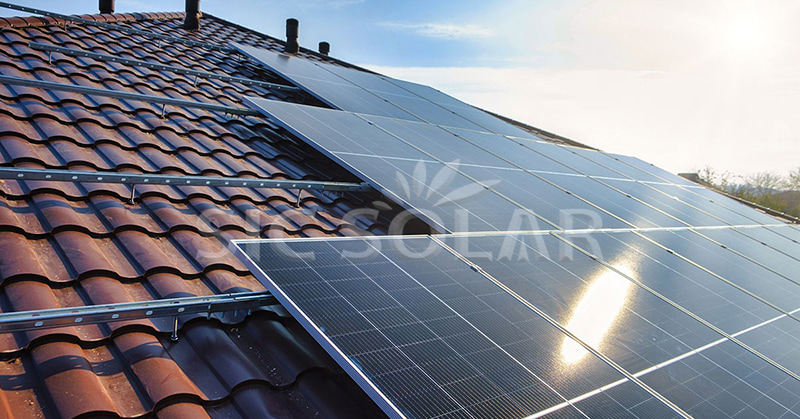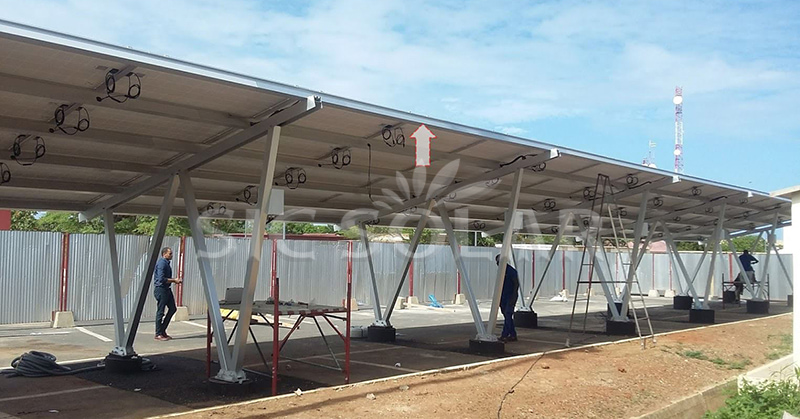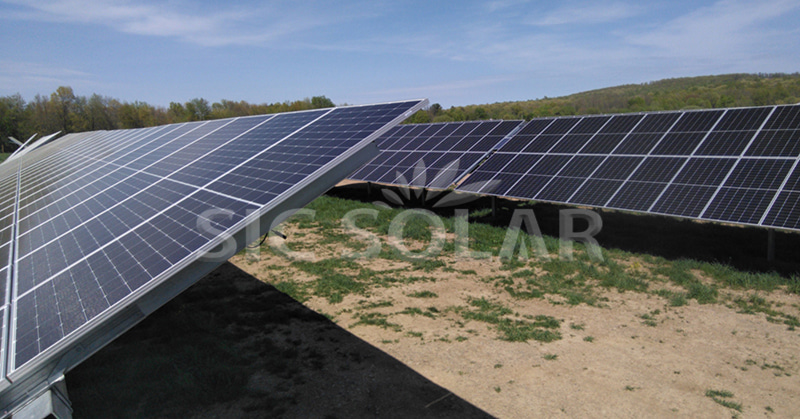Hydrogen storage tanks are essential for drones and other hydrogen-powered vehicles, primarily for the following reasons:
1. Energy Storage and Endurance
High Energy Density: Hydrogen has a significantly higher energy density than traditional lithium batteries. Hydrogen storage tanks can store large amounts of hydrogen in a compact and lightweight form, substantially extending the operational range of drones and hydrogen-powered vehicles. For example, hydrogen-powered drones can achieve flight times of several hours, far surpassing those powered by lithium batteries.
Rapid Refueling: Compared to the lengthy charging process of lithium batteries, hydrogen refueling can be completed in minutes, greatly enhancing operational efficiency, particularly in scenarios requiring frequent missions.
2. Environmental Adaptability
Superior Low-Temperature Performance: Hydrogen fuel cells maintain stable performance in low-temperature environments, whereas lithium batteries suffer from significant capacity degradation. Hydrogen storage tanks, combined with fuel cells, enable drones and hydrogen-powered vehicles to operate reliably in extreme conditions such as cold climates and high altitudes.
Strong Resistance to Interference: Hydrogen's stable chemical properties make it less susceptible to external factors (e.g., electromagnetic interference, vibrations), ensuring reliable energy supply.
3. Safety and Stability
Multi-Layered Safety Design: Hydrogen storage tanks are constructed from high-strength materials (e.g., carbon fiber composites) and equipped with multiple safety mechanisms (e.g., pressure sensors, relief valves) to ensure safe hydrogen storage under high pressure. Even under extreme conditions, risks of leakage or explosion are effectively mitigated.
Real-Time Monitoring and Protection: Integrated sensors and intelligent control systems enable continuous monitoring of parameters such as pressure and temperature, providing timely warnings and corrective actions to ensure operational safety.
4. Environmental Sustainability
Zero Emissions: The only byproduct of hydrogen fuel cells is water, aligning with global carbon neutrality goals and making them ideal for environmentally sensitive applications (e.g., monitoring in nature reserves or urban air quality assessments).
Clean Energy Production: Hydrogen can be produced via electrolysis powered by renewable energy (e.g., solar, wind), enabling a sustainable energy cycle and reducing reliance on fossil fuels.
5. Technological Synergy and System Integration
Efficient Collaboration with Fuel Cells: As the "energy reservoir" for hydrogen, storage tanks work seamlessly with fuel cells to efficiently convert chemical energy into electricity, delivering stable power to drones and hydrogen-powered vehicles.
Modular Design: Hydrogen storage tanks can be flexibly integrated into various vehicle models, supporting rapid replacement and scalability to meet diverse mission requirements.
In summary, hydrogen storage tanks are not only a core component of hydrogen-powered systems but also a critical enabler for advancing clean energy technologies and achieving low-carbon transitions. Their importance will become increasingly prominent in the future energy revolution.
...
